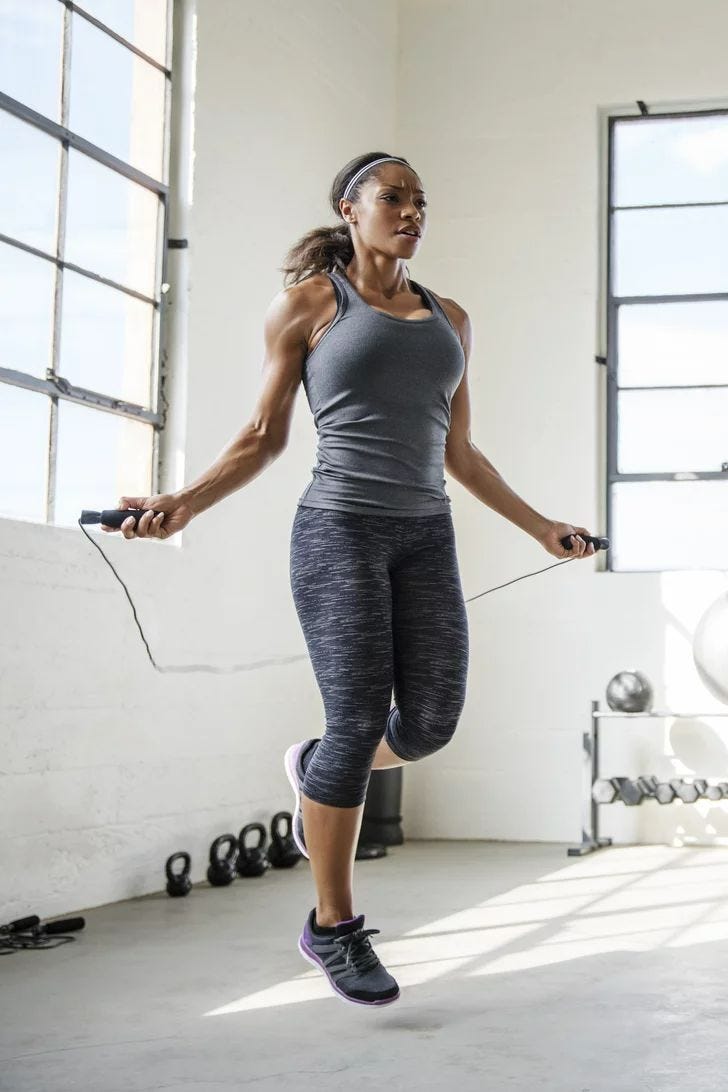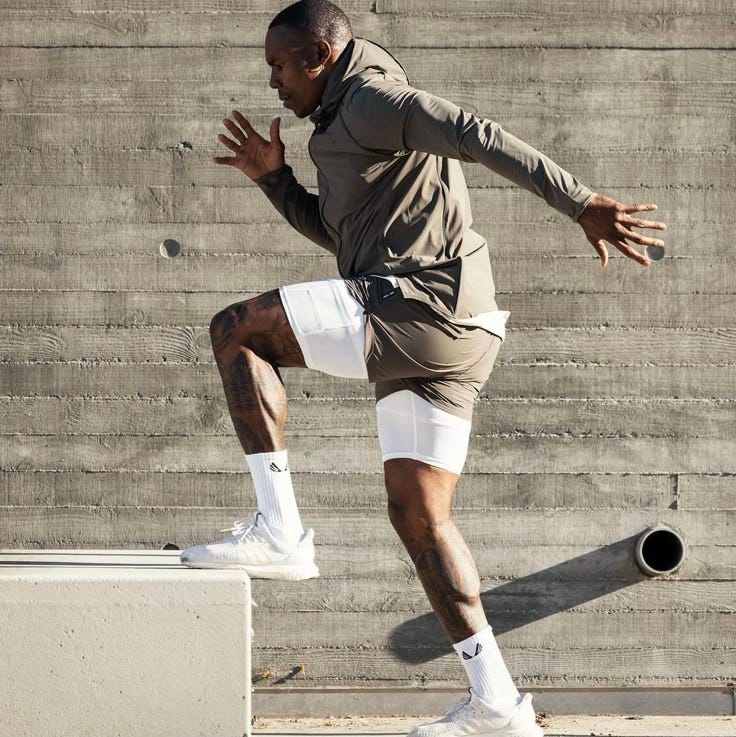How Your Body Builds Its Own Armour
Things You Didn’t Know Your Body Was Capable Of - Episode 2
Bone Reinforcement
Here’s something we bet you didn’t know: your bones aren’t passive scaffolding. They’re alive, responsive, and constantly adapting to how you use them! Every jump, sprint, and squat sends tiny shockwaves through your skeleton. Every step you take is a signal, a conversation between your body and the laws of physics. And when that conversation is consistent and intentional, your bones learn to get stronger.
Curious?
How Bones Actually Get Stronger
For years, scientists have known that bone is a dynamic, living tissue that is constantly breaking down and rebuilding itself in response to stress. This process follows what’s known as Wolff’s Law, which simply means that your bones adapt to the stress you put them under. In other words, the more you challenge them (in the right way), the stronger and denser they become.
The cells that make this possible are osteoblasts (builders) and osteoclasts (breakers). Every time you subject your skeleton to impact: think jumping, lifting, sprinting, you send mechanical signals through the bone. These signals trigger osteoblasts to lay down new mineral deposits, reinforcing weak spots and preparing the structure for similar or greater loads in the future.
This process, called mechanotransduction, is the body’s way of translating physical stress into biological growth. Bone listens to how it’s used, and responds in kind.
Even as adults, our bones are far from “set”. They still have the power to adapt and grow stronger. Research shows that activities like jumping, sprinting, or resistance training can boost bone strength and density at almost any age; proof that it’s never too late to build a stronger frame.
Why It Matters for Performance
Muscles may move you, but bones bear the weight of your ambitions. They’re the structural base that lets you generate and transmit force efficiently.
When your bones are strong, your body becomes more stable under stress: from landing a jump to absorbing the shock of a heavy deadlift. You’re less prone to injuries, more capable of explosive movement, and better equipped to sustain high-performance output over time.
The goal isn’t just to prevent fractures; it’s about expanding your body’s capacity for power.
Conditioning: How to Reinforce Your Bones
So, how do we tap into this remarkable ability? It starts with deliberate conditioning: applying the right kind of stress in the right doses, and giving the body the motivation it needs to rebuild.
High-Impact Loading
Short bursts of mechanical stress are the most potent triggers for bone growth. Jumping, sprinting, bounding, or even skipping rope sends strong impact signals that stimulate bone formation. Frequency matters more than duration. A few minutes of intense loading, done regularly, outperforms hours of steady, low-impact activity.
Resistance Training
Heavy, compound lifts such as squats, deadlifts, and presses are gold standards for bone reinforcement. Bones respond to progressive overload: gradually increasing the weight or resistance, challenges them to adapt. Focus on good form: chaotic stress leads to injury, not adaptation.
Nutrition
Bones are part mineral, part protein. And they need both to thrive. Prioritise calcium, vitamin D, magnesium, and protein. Think beyond supplements. Sunlight is a great source of vitamin D. Dairy or leafy greens are good for calcium. Nuts and seeds contain magnesium. Lean protein provides the collagen matrix that gives bone its flexibility and resilience.
Recovery
Bone remodelling happens after training, not during it. Allow rest between high-impact or heavy sessions to give osteoblasts time to do their work. Overtraining can actually decrease bone density by raising cortisol levels, which suppress bone formation.
Lifestyle Factors
Strong bones thrive in an environment of balance. Avoid smoking and excessive alcohol. Both inhibit calcium absorption and osteoblast activity. Maintain healthy hormone levels (especially testosterone and oestrogen), as these regulate the bone remodelling cycle.
The Bigger Picture
Remember, your skeleton isn’t static architecture. It’s a living record of your movement history; reshaping itself in response to the life you live and the load you bear.
Every squat, sprint, and landing relays a message that builds confidence: “Keep getting stronger. We’ll adjust.” That’s the intelligence of the body. It’s not waiting for perfection; it’s responding to participation.
Next In The Series
In the next episode, we’ll explore another hidden layer of human performance: “VO₂ Max Expansion: Rewiring Your Oxygen Engine”. Stay tuned for that.
Notifications On-The-Go
We’ve made it even easier to stay connected. For quick reads, performance tips, and updates from the Optimised Humans community while you’re on the move, join our WhatsApp Channel. You’ll get bite-sized insights, reminders, and early access to new articles — all delivered straight to your phone. Follow the link below and stay in the loop, wherever you are.
Remember to turn on notifications for the channel.



